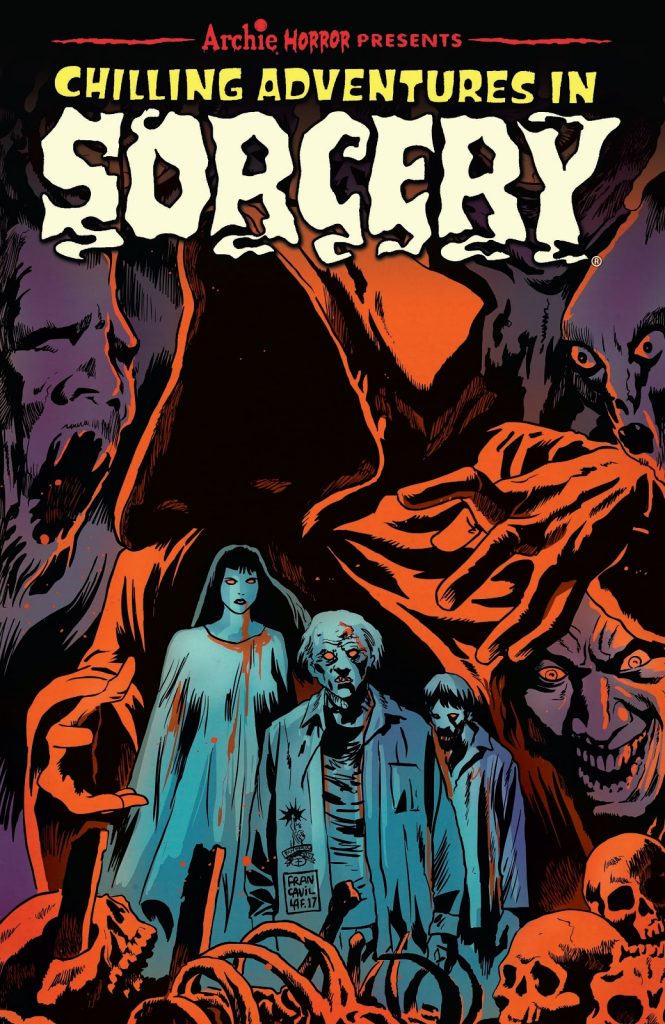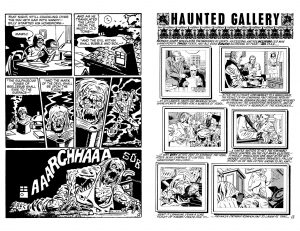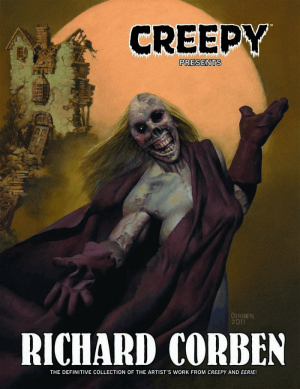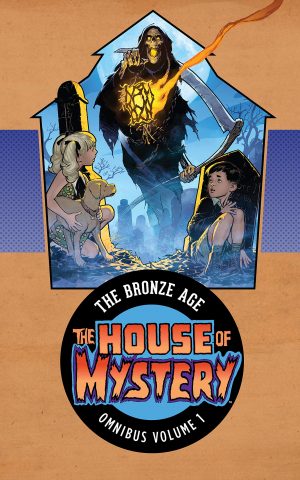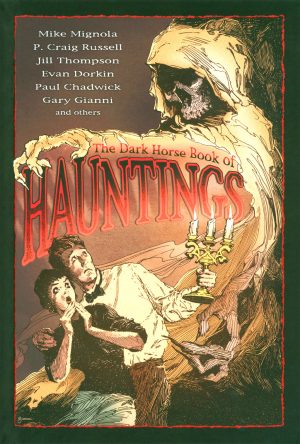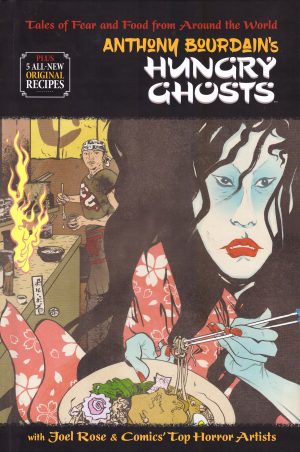Review by Ian Keogh
While the adventures of America’s most wholesome teenager provided the Archie company name from the 1940s, every now and then a sub-imprint would experiment with material not associated with the all-ages comedy of Archie and his pals. Such was the case with Chilling Adventures in Sorcery, a supernatural anthology first issued in 1972, and sporadically published until 1975, the title switching to plain Sorcery halfway through.
Sabrina the teenage witch introduces the first batch of stories, drawn with greater sinister allure than usual by the likes of Dan DeCarlo (sample art left) and Stan Goldberg, who also pencil Frank Doyle’s chillers. There’s a novelty in seeing the artists using a moderately different style, but it’s not far enough removed from their usual work and dulls the horrific elements. Not that the stories are special, only one delivering the solid punch because the art suits the tale of a child with a fantastic imagination.
After that we have 25 straight pages of Gray Morrow’s sumptuous graphic elegance (sample art right), with stories he also writes. These are considerably better material, with the art so poised it elevates them further, and Morrow’s contributions continue throughout the collection. It’s an abrupt switch to the tone, but results in more engaging chills, with Vicente Alcazar also producing notable art, his best the tragic tale of Esme’s accident.
Alcazar varies his style from story to story, and both he and Morrow dazzle throughout. Although he only draws the single story, Bruce Jones delivers an effective period piece, and Howard Chaykin also draws one strip, but early in his career. The talent is there, but he’d become better at designing his pages. Also only contributing the single strip is Alex Toth, but ‘If I Were King’ is a series highlight, the cautionary tale of man who learns the difference between TV and reality. It’s written by Marvin Channing, who’s the most imaginative of the writers, spreading his stories over a broad period and multiple moods, generally defying prediction.
Some online comments bemoan this presentation being black and white when the original comics were colour. That colour was basic, and while some artists survive the application well enough, most of this content looks better in black and white. The bigger complaint is the strange editorial decision to reprint only three-quarters of the series. The first seven issues are supplied in their entirety, but room is only found for four stories from the following four, resulting in a missed opportunity. Missing are beautifully drawn stories by Alcazar, Morrow, Toth, Pat Boyette, Al McWilliams and Frank Thorne. These would surely have better fit the overall tone, and been better received by readers than the ordinary opening content.
